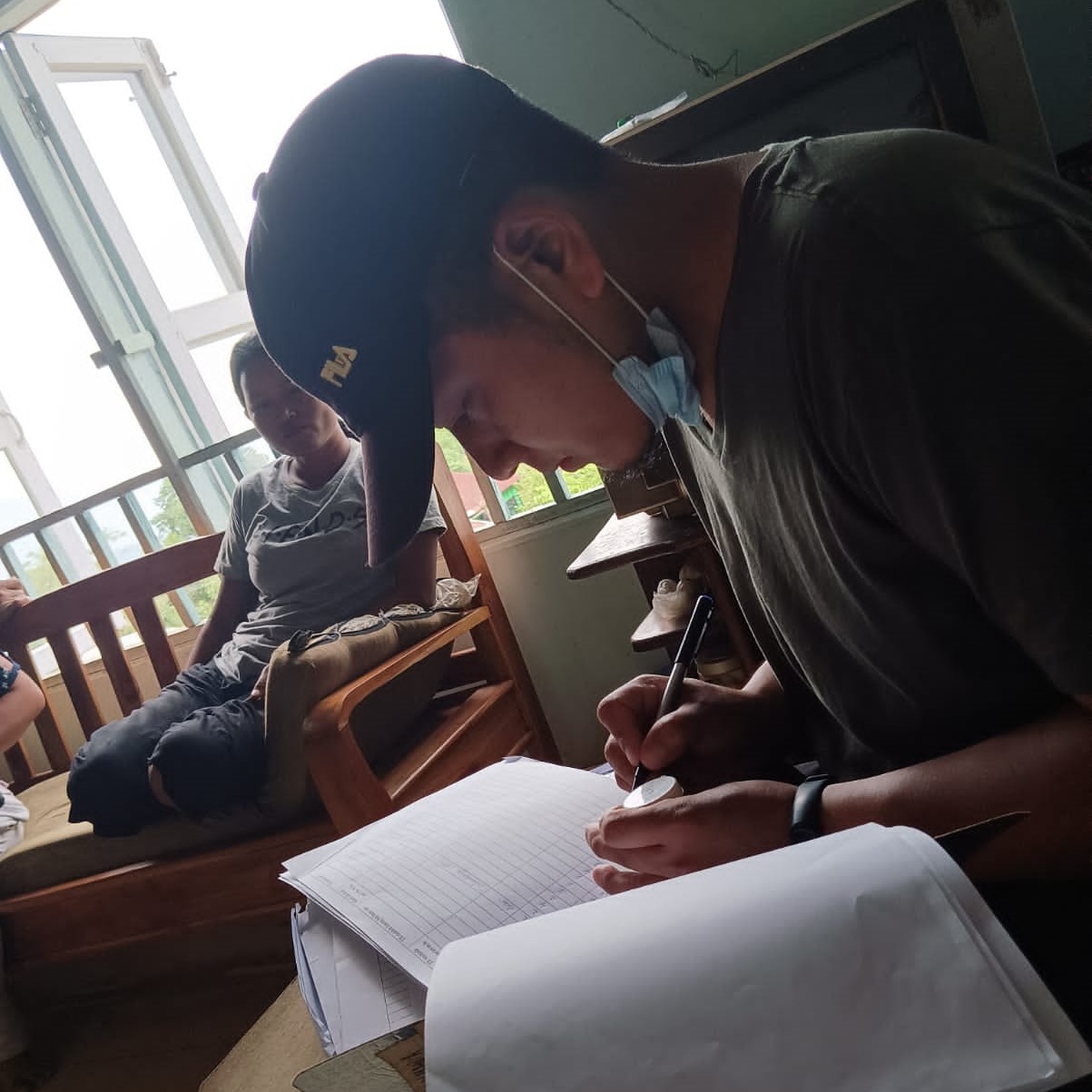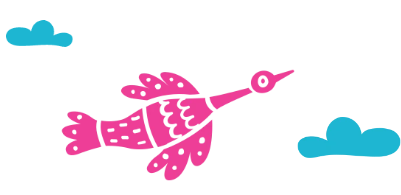People frequently cross international borders to escape oppression or to seek a better life. Champhai is one such block in Mizoram’s extreme eastern border on the Indo-Myanmar border, where numerous people to refuge in search of a better life. It is the main trade route between India and Myanmar, and a huge number of Myanmar refugees live in formal and informal refugee camps there.
These camps are often heavily crowded and not always well-ventilated. People living there are uprooted from their natives, in desperate search of hope and are surrounded with having hardly any resources or basic means to live. Proper facilities to provide access to health and education and health is often absent. Language and cultural differences between the refugee and the people from the shelter-providing nation add to the challenges, at times.
The Aashwasan team was cognizant of the fact that there is a high possibility of a disease like TB crawling its way in such a context as the infection exposure possibility from multiple sources is high. The risk of transmission is also high as the places are crowded and not properly ventilated. The refugees cross borders in the hope of a better life. Often the dream of a better life eludes them as they fend for food and work. They have to frequently risk their safety and cross borders to look for means to support their families. While this is understandable, it also increases the risk of transmission of a disease like TB. Added to that is the language barrier as they speak Burmese and are unable to understand Mizo.
The team hired a local social worker who was familiar with both Mizoram and Burmese languages to a great extent. With the help of the translator, the team was able to conduct awareness campaigns, screening and collected samples for testing.






































